Is Karachi ready to be the second largest city in the world in 15 years?
Forum at NED University on Karachi’s transport woes explores the city’s options
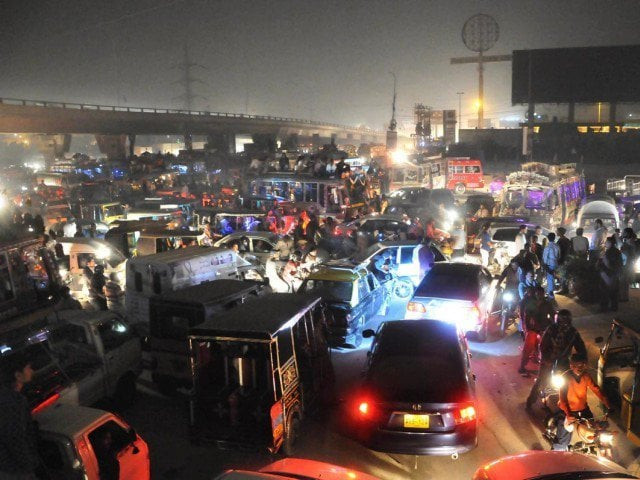
Forum at NED University on Karachi’s transport woes explores the city’s options. PHOTO: MOHAMMAD SAQIB/EXPRESS
Lodhi believes that 15 years is nothing for a city like Karachi and it is not at all prepared to become the second biggest city or even one of the largest cities in the world.
Karachi popular, Lahore and Islamabad fail to match
According to a Karachi Mass Transit programme study, the total vehicle ownership growth was 5.2 per cent between 2002 and 2005, with motorcycle ownership at 5.8 per cent, car ownership at 6.1 per cent and buses and minibus ownership at 2.8 per cent.
Lodhi said that, between 2005 and 2010, the ownership of motorcycles increased by 12 per cent, whereas, the ownership of public transport was reduced by 1.5 per cent and total vehicle ownership growth increased by eight per cent.
When the population increases, the ownership of vehicles also grows, he said. In another five years, the situation will deteriorate if public transport ownership continues to decline, he added.
Why Lahore is better than Karachi today
Rise of the Qingqis
In 2008, there were 252 public transport routes registered by the Provincial Transport Authority (PTA), out of which only 150 were functional, said Lodhi. However, from 2008 to 2014, there was a 32.2 per cent reduction in public transport and only 101 operational routes were available in 2014.
According to a study conducted in 2008 by the Karachi Mass Transit Cell, of 12,000 passengers, 12.9 per cent were serious about onboard security while 24.3 per cent were serious about fares. These concerns gave rise to the Qingqi phenomena, he explained.
Since Qingqis were often unregistered, they became an unidentified object on the road, giving rise to bribery, as traffic police were unable to impose fines on them, and eventually causing the PTA to lose its power as the government was not deciding the Qingqi's routes.
Five reasons why Karachi is better than Dubai
When the revenue of bus owners started declining, they stopped vehicle maintenance work and we began to see taxpayers travelling on bus rooftops, Lodhi said.
Transport options
Lodhi said light rapid transit systems, trams, monorails, rail-based mass transit systems and bus rapid transit (BRT) systems should be adopted by the city government. He said the BRT system is the most popular transport system in the world because it is cheaper and can carry a large number of passengers at a time.
With dedicated infrastructure, fewer BRT buses will be able to carry a greater number of passengers, he added. He said that the BRT system can accommodate approximately 10,000 passengers, at an optimum cost.
Pakistan will be world's sixth largest nation by 2050: report
Contrary to his arguments, urban planner Arif Hasan said that BRT systems will not be as big a revolution as we anticipate it to be. Such projects, according to him, will take another 15 to 20 years to complete. Hasan was of the opinion that, in order to manage such projects, the city needs organisations that have the ability to reorganise and manage the city. "But unfortunately the city is devoid of any such organisation," he said.
He said that even if we were to construct BRT lines, there will be a cluster of passengers, taxis and Qingqis at main stops, which would be uncontrollable.
Published in The Express Tribune, November 13th, 2015.

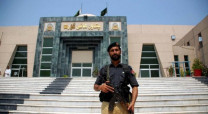
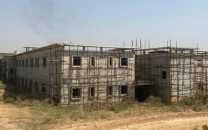

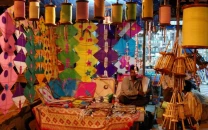
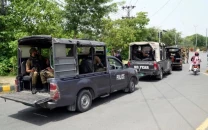



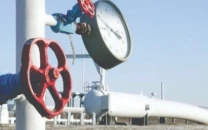
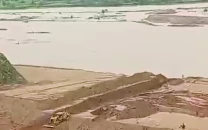
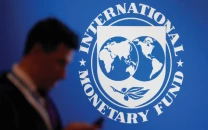







COMMENTS
Comments are moderated and generally will be posted if they are on-topic and not abusive.
For more information, please see our Comments FAQ